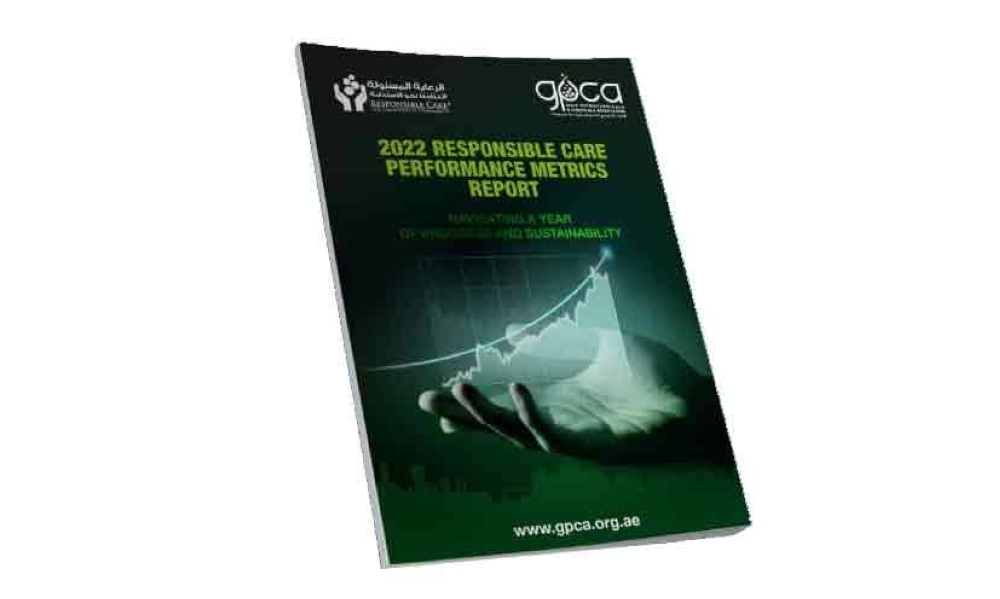GCC petrochemical and chemical producers have reduced hazardous waste generation to a record low of 0.0011 units per tonne of production in 2022, says GPCA in a report.
This achievement represents a “remarkable” 42% decrease compared to the previous year, highlighting the industry’s dedication to sustainable practices and waste management, noted Gulf Petrochemicals and Chemicals Association, which represents the downstream hydrocarbon industry in the GCC region.
In addition, the report revealed a 61% reduction of hazardous waste generation when compared to the average value recorded over the previous nine years (2013-2021).
However, in 2022 non-hazardous waste generation increased by 10% compared to the previous year and dropped by 40% when compared to the rate between 2013 and 2021.
Carbon dioxide (CO2) intensity saw a “remarkable” 12% decrease between 2022 and 2021, and an “impressive” 24% decrease compared to the previous nine-year average.
GHG emissions also “dropped” by 11% compared to 2021, signalling the industry’s commitment to net-zero.
In 2022, process safety incidents dropped by 31% year-on-year (YoY) and by an “impressive” 40% over the past nine-year average, GPCA said.
Last year, GPCA members achieved an “impressive” 17% reduction in combined Total Recordable Incidents (TRIs), encompassing incidents involving both employees and contractors.
This accomplishment was measured against the average TRIR (Total Recordable Incident Rate) over the preceding nine years.
A comparison between 2022 and 2021 reveals a 3% improvement, despite a simultaneous 3% increase in total man-hours.
Having identified this as an area of concern, GPCA has set up a new task force under the Responsible Care Committee – the Contractor Safety Task Force (CSTF) – to enhance contractors’ safety culture and behaviour among GPCA’s Responsible Care members.
Recently, GPCA released its ‘Responsible Care 2022 Performance Metrics’ report under the theme ‘Navigating a year of progress and sustainability’.
The report is based upon some 999 data entries from as many as 39 companies collected and analysed from a set of 26 metrics.
The individual performance metrics are divided in five key categories: occupational health and safety, process safety, emissions and discharges, resource utilisation, and distribution and products.
Business
GCC petrochemical producers reduce hazardous waste generation to 'record low' in 2022: GPCA

The report also revealed a 61% reduction of hazardous waste generation when compared to the average value recorded over the previous nine years (2013-2021).

